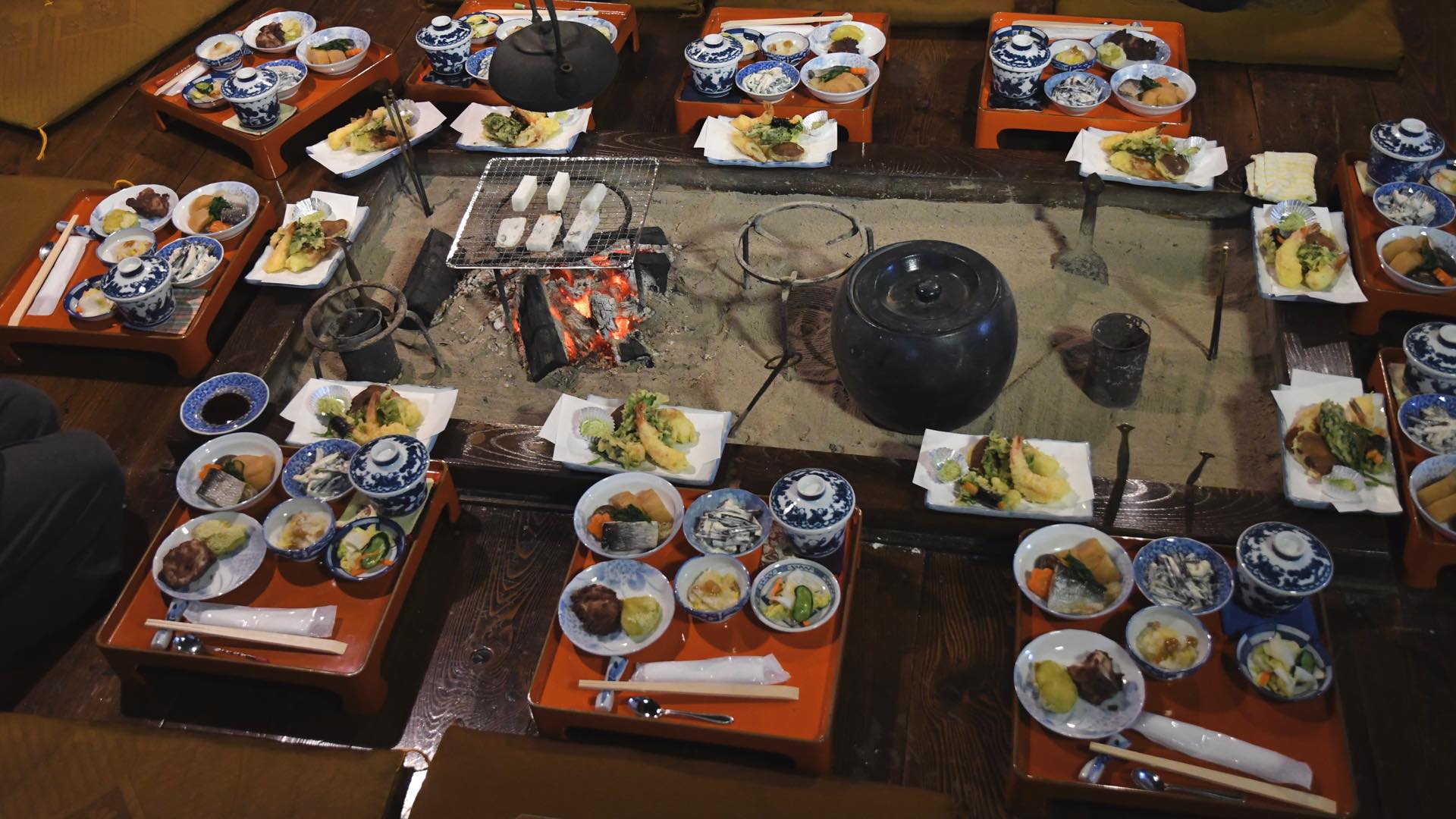What is “Satoyama”?
Satoyama refers to a place between human sociey and nature. In Japan, nature is premised as something that humans assimilate themselves into, not as something that they would control. Although Satoyama seems to be a place surrounded by great nature, it is actually arranged by humans in every aspect. From rice fields to hill in the rear and streams, people living there take care of them on a daily basis so as to develop an environment friendly for crops and mountain vegetables to grow. Animals and plants would naturally gather around such an environment. A place where humans and nature coexist- that is Satoyama.

What is Satoyma Kitchen?
What is Satoyma Kitchen? Satoyama Kitchen is a program where people learn various wisdoms nurtured in daily lives in Satoyama. Masters will be those who reside in Satoyama. Although the duration of the program changes season to season, the program is available throughout the year.
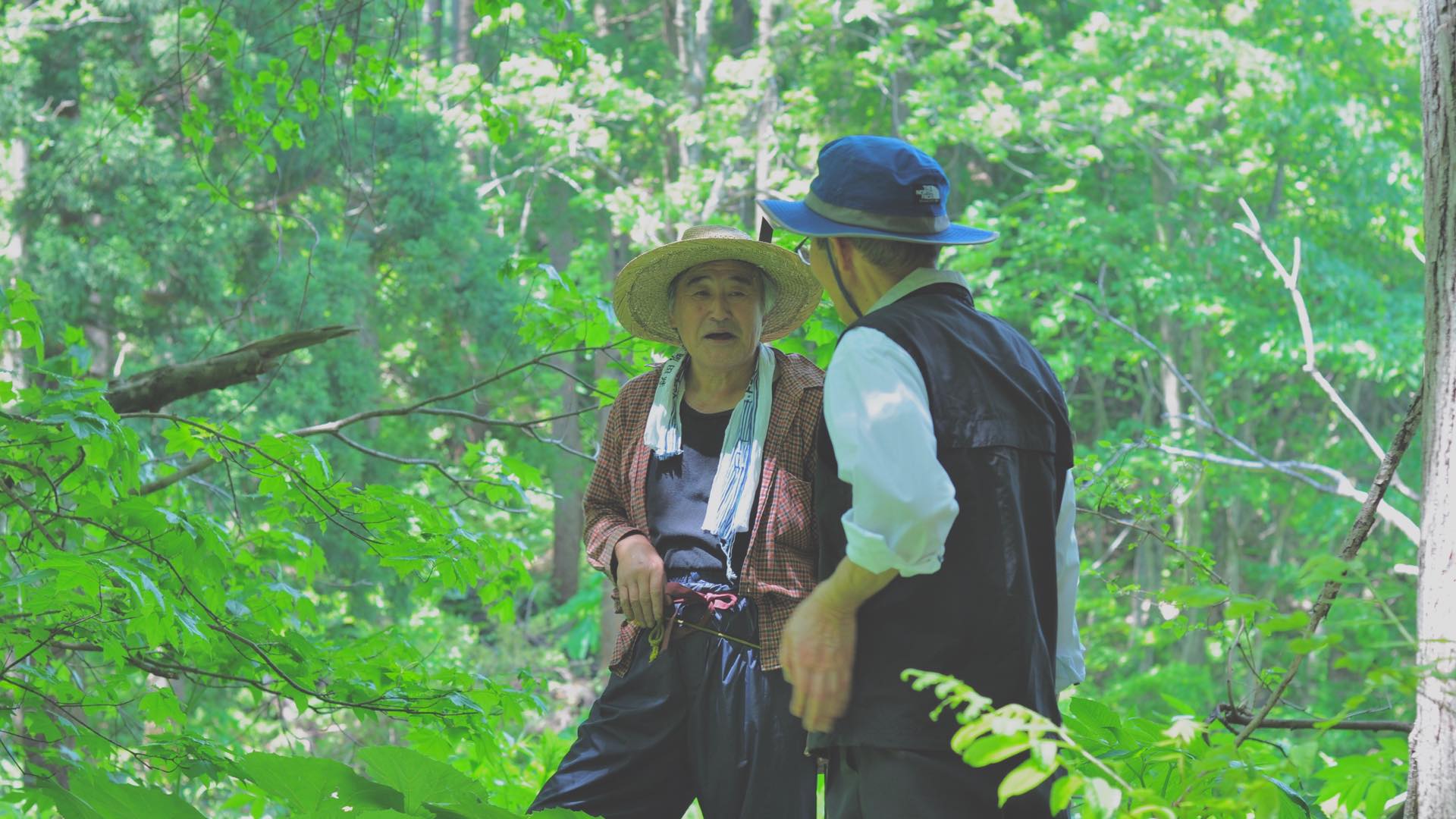
Spring
People living in Satoyama always longs for the arrival of this season. As the long winter comes to an end, snow melts and greenery sprouts in Satoyama. In the mountain, ingredients called mountain vegetables grow in abundance. Famous examples would be Bakkya, Taranome and Zenmai. Around the serene stream, even wild wasabi could be found, too. Mountain vegetables would grow in the same location every year, and so locals, even among friends, would keep the location in secrecy. The freshly picked mountain vegetables would often times be eaten with soy source after being parboiled and deep fried.
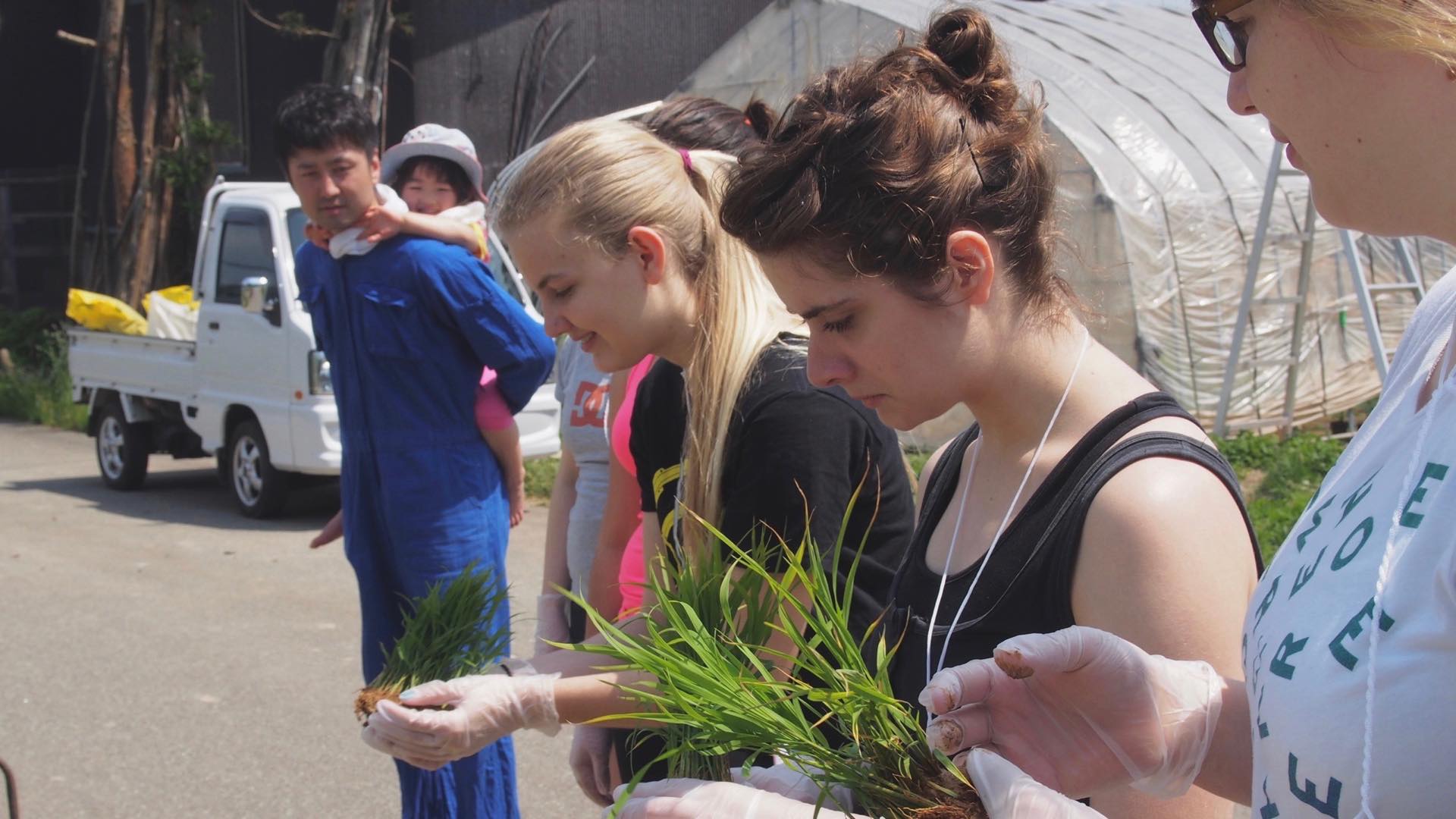
Summer
This is the shortest yet busiest season for Ugo Town. Especially in August, local people are bustling around as Nishimonai Bon-Odori, which is an annual event of significant importance to locals and one of the three most importance dance events in Japan, takes place. In such glaring season, plants and animals grow vigorously in Satoyama. Rice planted in May and June would grow big and Satoyama will be covered in full fresh greenery. In streams, kids would play and splash the water merrily. In Satoyama Kitchen held in summer, students will also spend time by water. Students would be able to catch trout Japanese char and Masu trout. As the intake of protein via meat was limited in the past, river fish has been treasured. The fresh fish will be grilled by a fireplace and served on the spot.
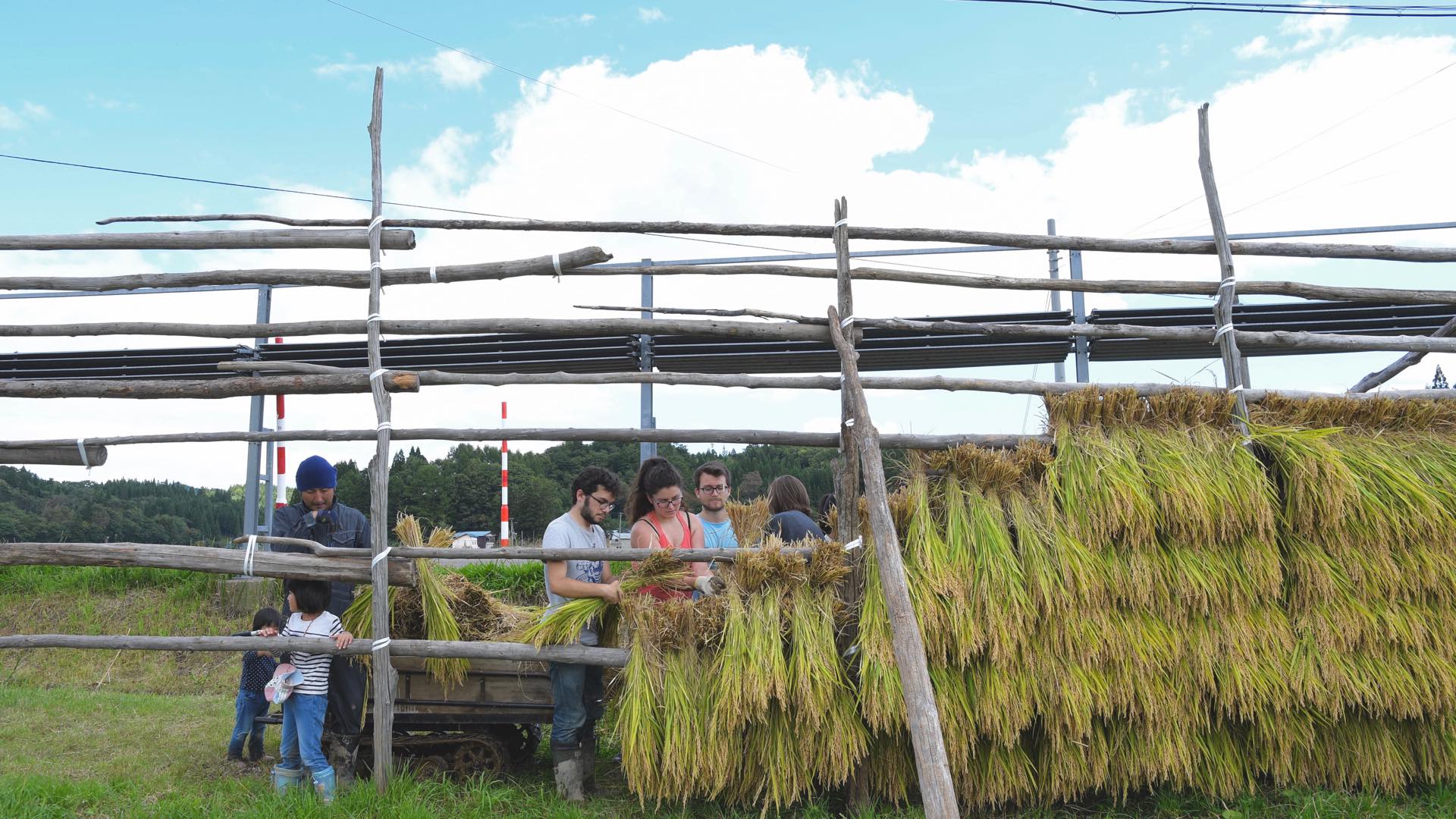
Fall
Fall is called as a season of blessings, and it is the period when plants are harvested. In mountains mushrooms are gathered, and in paddy field rice is harvested. In Ugo town, traditional farming method has been passed down, and harvested rice is dried naturally on a rack (this method is called Hasagake). In Satoyama Kitchen, students will cook freshly harvested ingredients and learn how to make preserved food for winter.
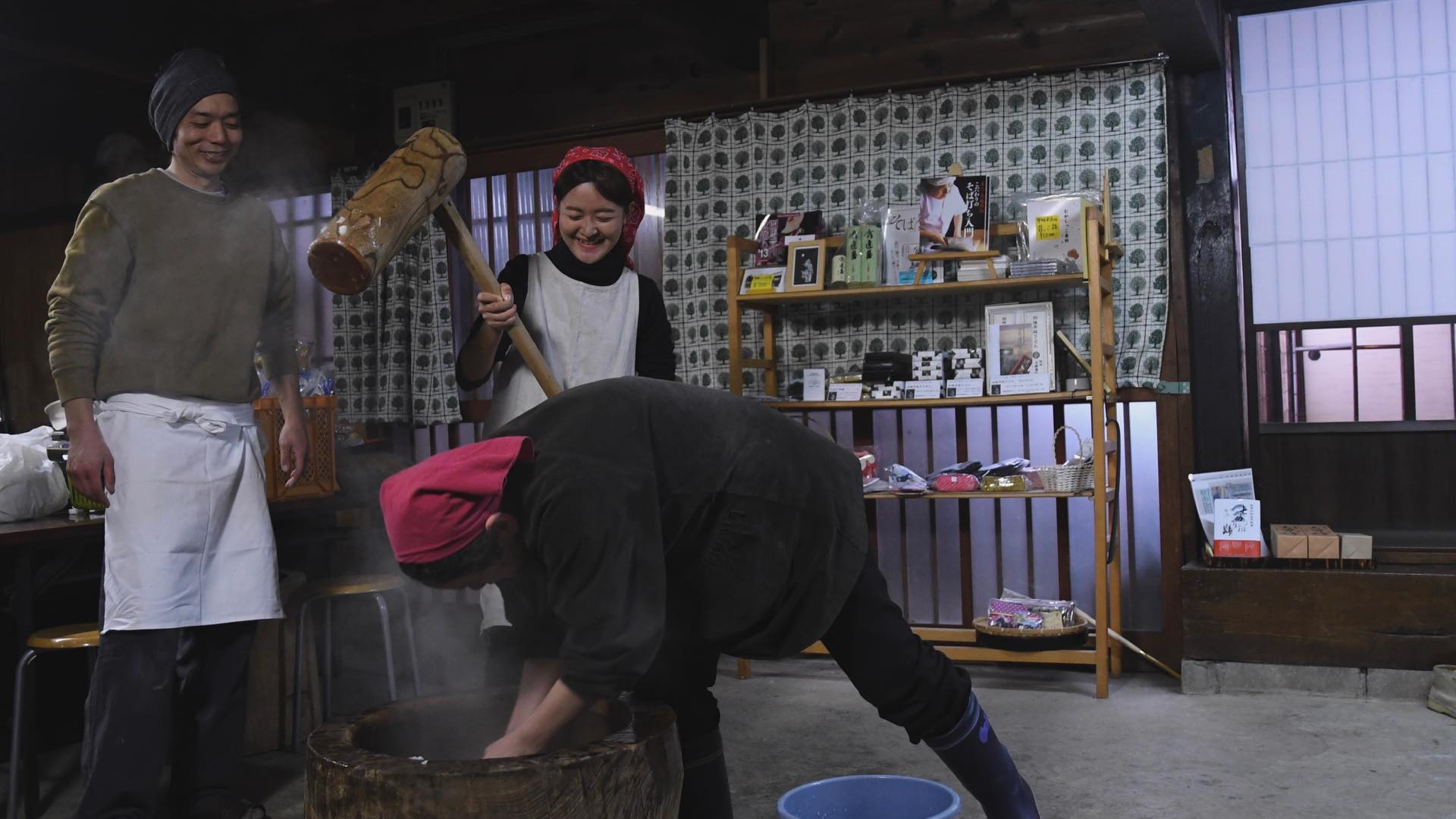
Winter
Winter in Ugo Towno is extremely cold as it is surrounded by snow piling up to as high as 2 meters. During the period of time, what would be happening in Satoyama? People in Satoyama finish harvesting by fall and cook many different kinds of dishes using the preserved food they prepared in advance. People in Satoyama would often find themselves surrounded by freshly brewed Japanese sake. Also, in Ugo Town, traditional wedding ceremony is held at the coldest time in February. In Satoyama Kitchen, students would learn winter lifestyle by learning how to cook winter dishes and helping to organize the wedding ceremony.
Spring of Satoyama Kitchen
-

Locals living in Satoyama are the masters here. Divided into groups, students will enter the mountains. One thing to be careful about is the attire; even if the sun is shining, students have to be equipped with long sleeved shirt and gloves . Additionally, bears might appear in the mountain in the season, and so bear-avoiding bell is also a necessity.
-
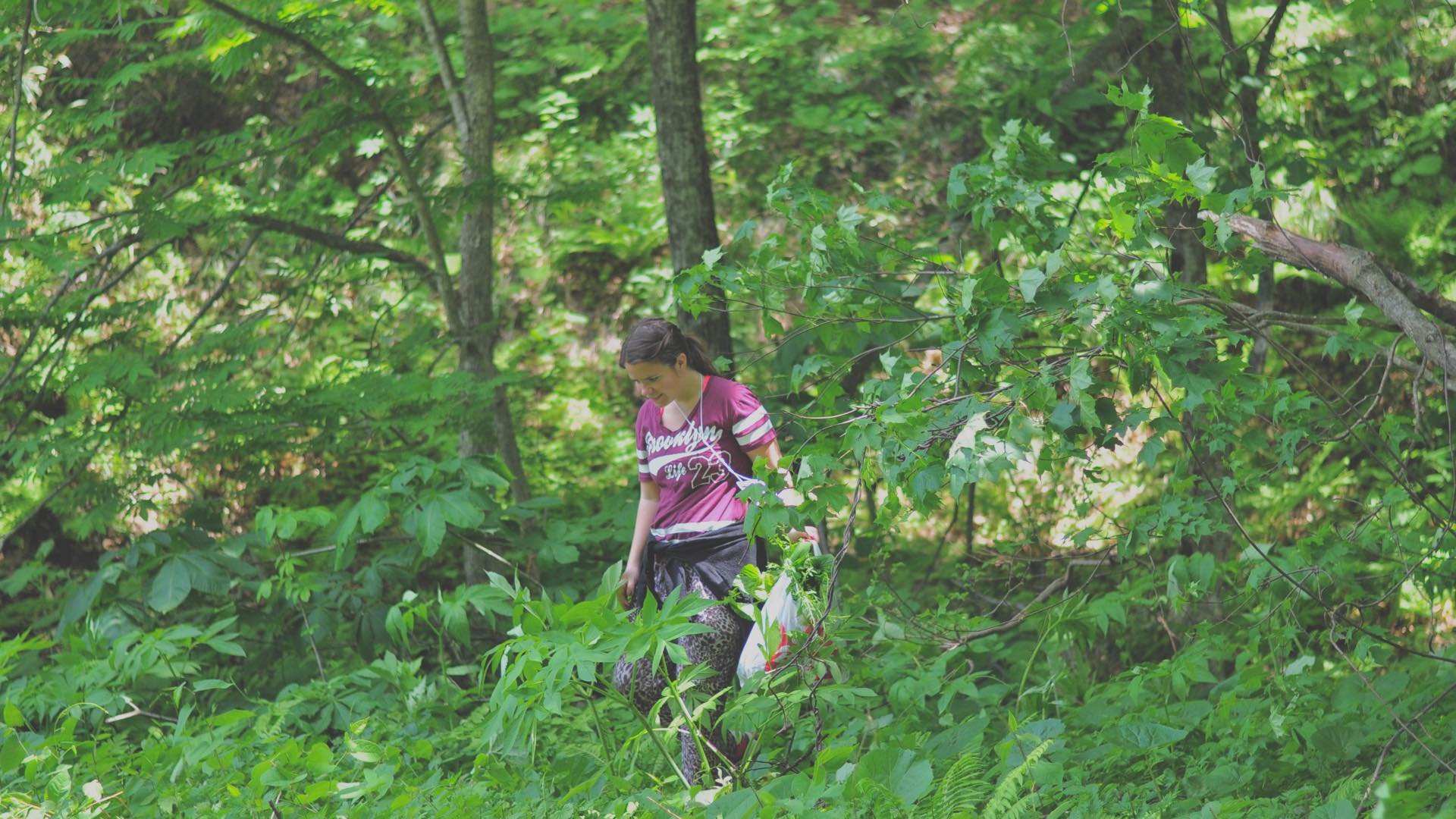
It might be difficult to distinguish mountain vegetables from others, but as you get used to the mountain you would start being able to find them easily. People would call this state "acquiring the eyes for mountain vegetables".
-

Learning from the masters, students will try transplanting rice seedlings. All the procedures are implemented in a traditional method, and the harvested rice will be sent to your home country after the completion of the program.
-
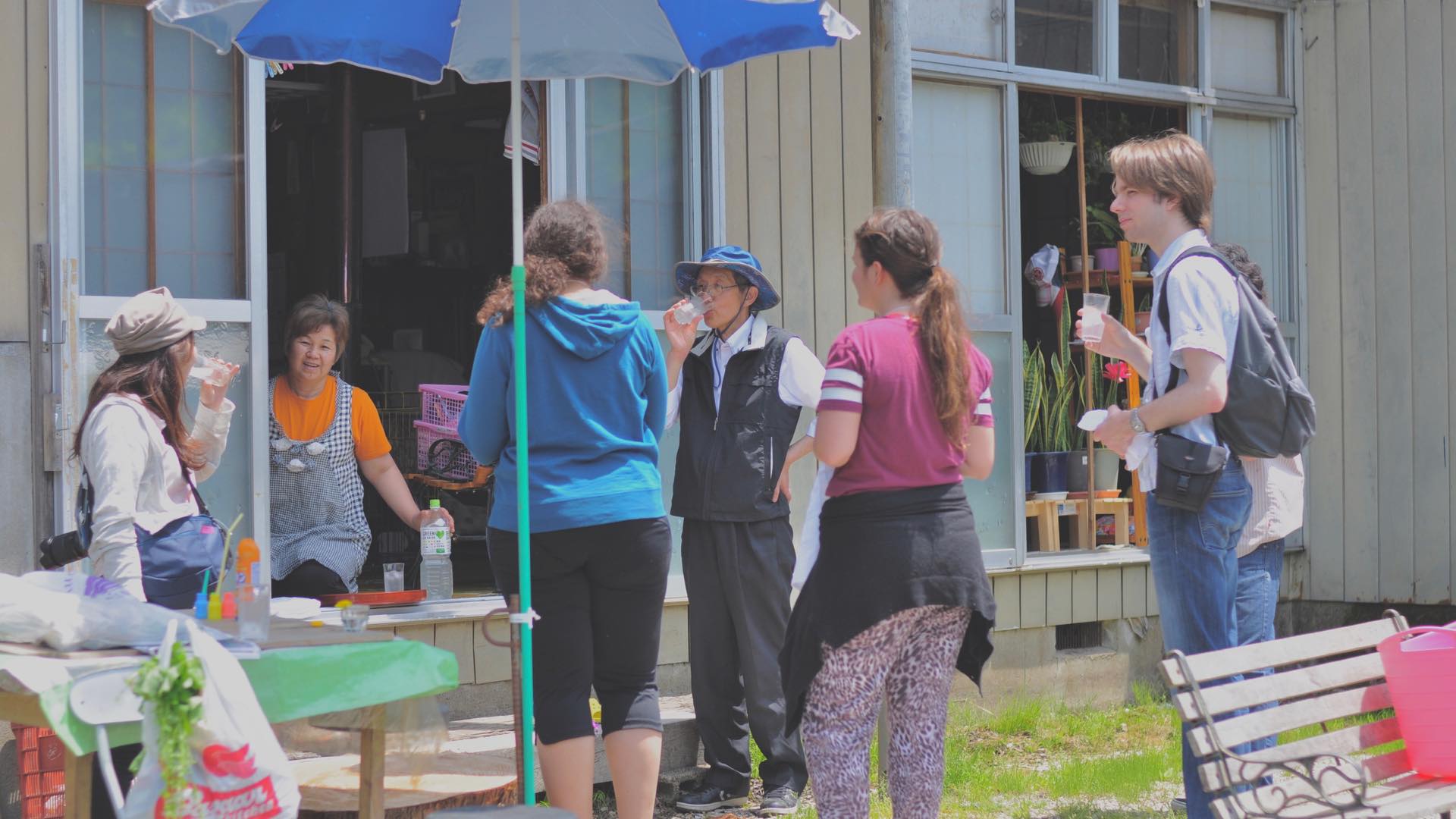
In Ugo Town, people would call the break time "tobacco". Although it is rarely seen today, people in the past would often smoke during the break, and so calling the time as such. People would gather in front of the house and take a rest together.
-
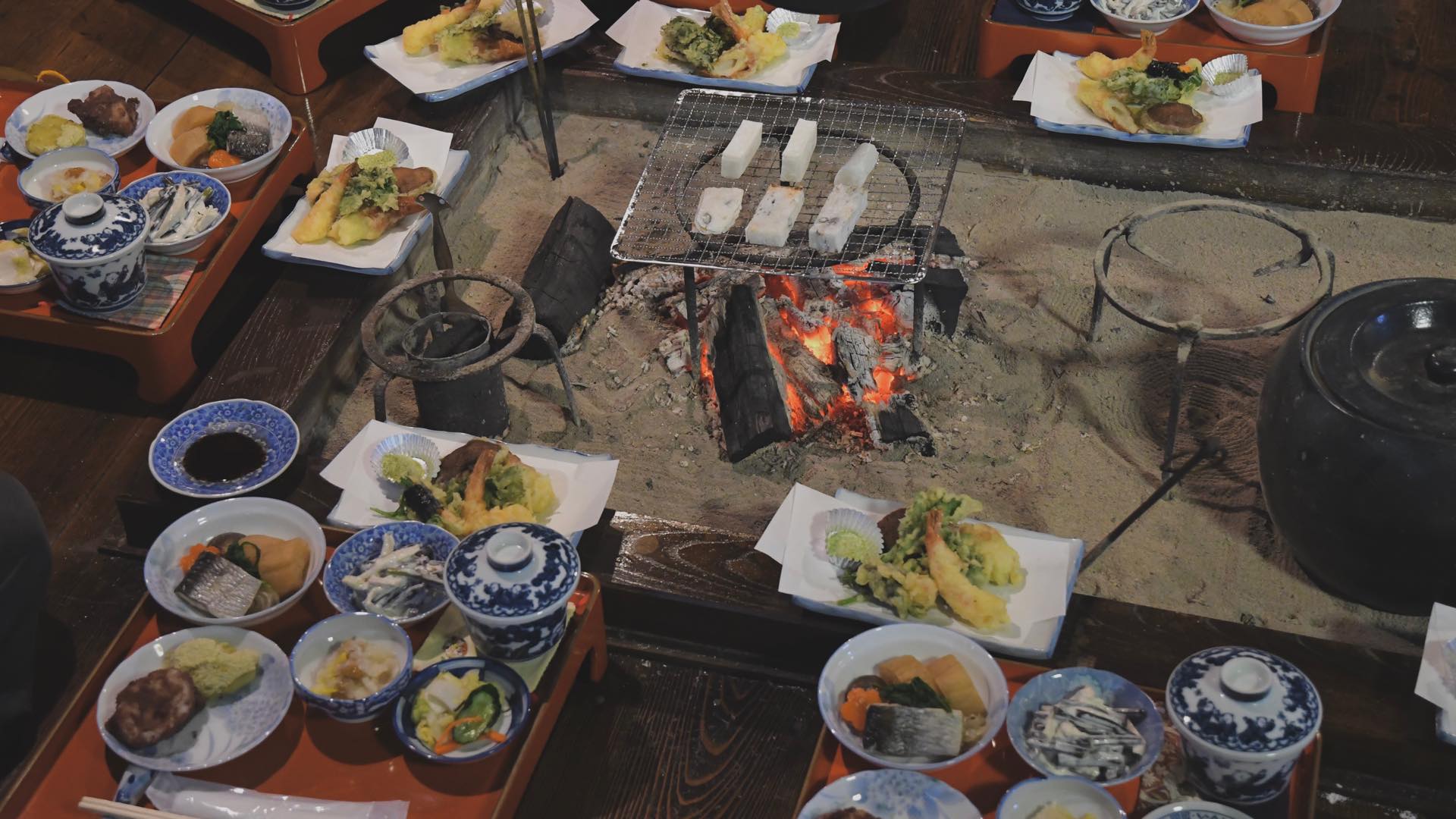
The freshly harvested mountain vegetables will be made into lunch on the spot. A thatched house would turn into a kitchen. Students will learn how to process the mountain vegetables, and savor the rich taste of them by making homemade cuisine.
